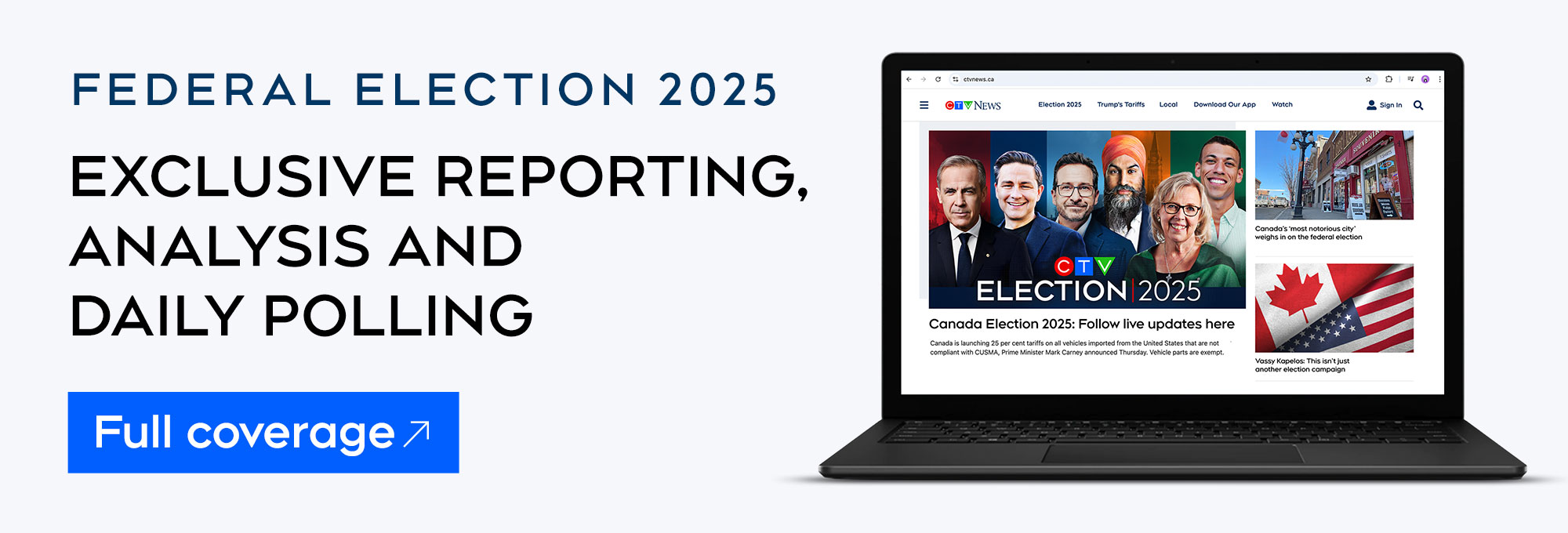Though wildfires have burned up most of its contingency dollars, and though the price of oil has taken a slight dip, Alberta's government on Thursday was touting an expected $2.4-billion surplus by fiscal year's end.
The figures were released in the province's first-quarter fiscal update.
Finance Minister Nate Horner says the numbers show previous, big-picture Alberta budget predictions are holding steady but there are some unpredicted changes under the hood.
The largest one may be wildfire spending.
Those natural disasters, which have plagued the province since the spring, have consumed nearly $1 billion so far this fiscal year.
That has meant expenses are higher than they were forecasted to be in the budget, and that the United Conservative government has had to dip heavily into its new contingency fund.
In total, Horner says, the province has allocated $750 million to fighting wildfires in 2023, along with $175 million for uninsurable losses -- $75 million of which is expected to be covered by the federal government.
Another $55 million will be spent on emergency evacuation payments.
The unforeseen spending has taken up about three-quarters of the money set aside for emergencies.
"It's a substantial number and it puts a lot of pressure on that fiscal rule," Horner said on Thursday.
CONTINGENCY CONCERNS
Officials say the government is looking at increasing that fund in coming years, as extreme weather events are not expected to let up.
"We are going to learn a lot from this year," Horner said.
"If you're going to use two-thirds of (the fund) on disasters, that doesn't leave much else for the year-to-year changes. So it's something we'll definitely look at."
BOOM AND BUST
Elsewhere, an expected population boom of 4.4 per cent has helped boost tax revenues.
A projected $1.5-billion increase in corporate and personal income tax revenue has made up a large chunk of the $94-million bottom-line increase over the budget forecast.
It's good news for the government, as oil royalties have shrunk due to lower-than-forecasted prices.
The fiscal update predicts overall resource revenue will decrease by $694 million from that February forecast.
Minor changes in oil prices mean big swings in provincial revenue.
Economists believe every $1 change in the WTI equals $630 million in the Alberta budget.
AFFORDABLE HELP?
There are no new public affordability measures earmarked in the fiscal update.
When asked about potential financial help for those struggling, Horner pointed to the province's books.
"I hope people take comfort in knowing we're going to pay down debt in the good years," he told CTV News.
That won't mean much to the average citizen, according to Alberta NDP finance critic Samir Kayande.
"It's not enough to say, 'A fiscal surplus in the free market will solve your problems,'" he said.
"People need help."
ODDS AND ENDS
The UCP's new fiscal framework requires the government to use at least half of its available surplus cash to pay down its debt.
That means up to $2.6 billion could go into the newly created Alberta Fund, which can be used on one-time initiatives that don't carry a permanent spending increase.
Many have speculated the Calgary arena project could benefit from that sum.
That could jive with a line in the fiscal update, which commits $39 million in capital grants to site prep and land procurement in the city's Rivers District.
Horner wouldn't comment specifically on its future on Thursday but did say the premier will likely have a related announcement soon.
--
With files from The Canadian Press




































































































